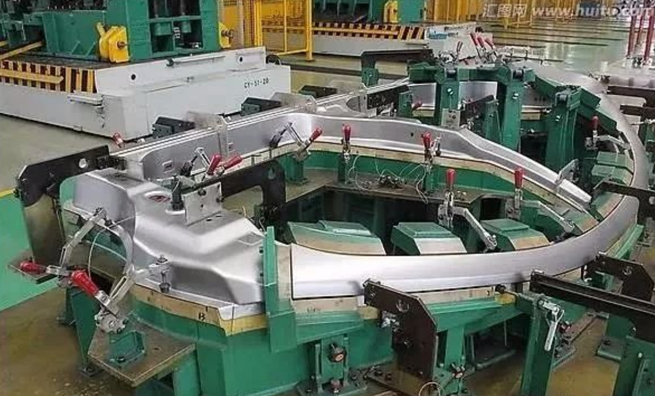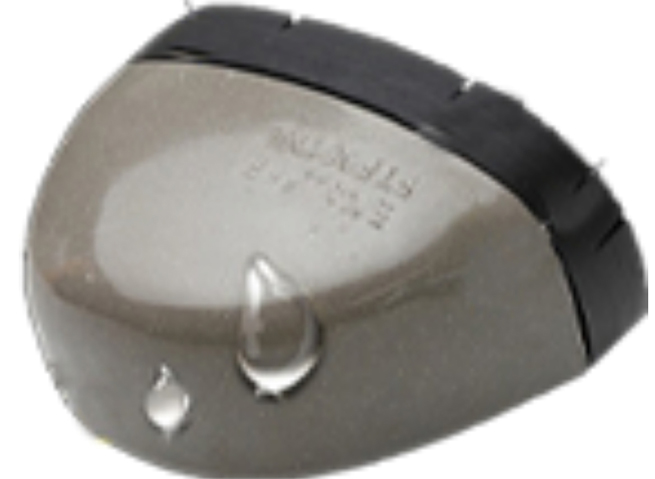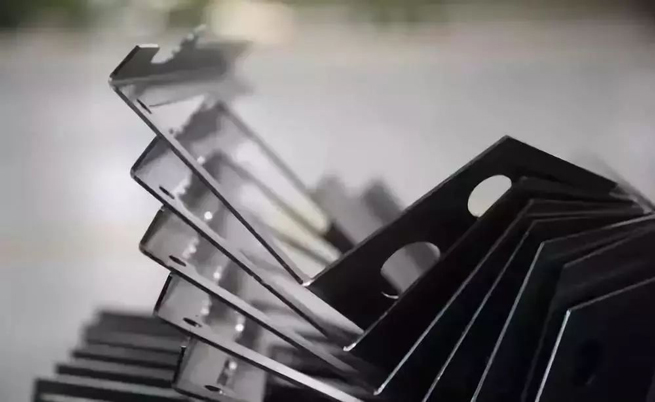I have been exploring Stamping related technologies and have never talked about Stamping defects. Everything has both positive and negative aspects; There will be a positive side, but there will be a negative side. For the manufacturing industry, both advantages and disadvantages exist simultaneously. Regardless of the type of processing and manufacturing method, there is no exception. Some processing methods have high precision but relatively high investment and processing costs; Some processing methods are rough, but they can meet the industry's precision and program requirements. So there is no distinction between high and low processing methods, and adapting to industry needs is fundamental. Even the current promotion of transformation and upgrading should be based on different industries and actual situations, and it is better for the market to decide whether to upgrade the enterprise or not. Without further ado, let's talk about the defects of stamping technology:

1. Mold issues
The molds used in stamping processing generally have specificity (some symmetrical products have common die cutting), and most stamping products are comprehensively completed by multiple different stamping processes. There are also some simple products that can be achieved through one or two processes; At the same time, the precision of mold manufacturing is high, the cycle is long, the investment is large, and there are many unpredictable problems, which require high experience from mold technicians and belong to technology intensive products. So, stamping processing methods will only be considered when the production batch of the product is large. The advantages of stamping processing can be fully reflected, thereby achieving better economic benefits.
2. Security issues
Stamping processing also has some safety related issues. May I ask which stamping factory does not suffer from work-related injuries of all sizes every year? If a stamping factory does not suffer work-related injuries for a year, it is estimated that it will burn incense during the Chinese New Year. This is also one of the characteristics of the industry, determined by production equipment and processing methods. There are two ways to solve this problem:
One is transformation and upgrading, doing automation transformation (with large initial investment), in various ways: small lines can be wired with robotic arms or robotic arms, and if the product fluctuation is not significant, fixed steel beams can be used to reduce investment; The automation, informatization, and intelligence of stamping production are one of the important paths for stamping enterprises to seek long-term development. Some advanced stamping enterprises have begun to apply online automatic detection of stamping parts, automatic framing of large stamping parts at the end of the line, AGV automatic logistics in stamping workshops, and automated three-dimensional warehouses for molds. The purpose is to solve labor difficulties, ensure operational safety, improve quality, and increase the utilization rate of factory space, ultimately achieving comprehensive benefits and market competitiveness. Refer to previous articles for relevant automation transformation.
The second is that workers must take out insurance (mandatory). Nowadays, there are also many types of insurance, and if there is no social insurance, commercial insurance should also be available. If a work-related injury occurs, it can reduce the burden on the enterprise and provide relevant compensation and protection for workers.
Another hazard is the noise and vibration generated during stamping processing. Stamping operators should be equipped with relevant labor protection equipment, such as earplugs, wrist protectors, gloves, anti smashing labor protection shoes, etc;

3. Material issues
Developing and researching the forming of high-strength steel under cold conditions is currently a direction of international efforts. Currently, research in the field of hot forming processes and equipment technology is relatively mature both domestically and internationally, but research on cold forming is almost blank. Today, high-strength steel and ultra-high strength steel have achieved excellent body lightweighting, improved vehicle collision strength and safety performance, and thus become an important development direction for automotive steel. However, as the strength of the sheet metal increases, traditional cold stamping processes are prone to cracking during the forming process, which cannot meet the processing requirements of high-strength steel plates. In the absence of room temperature forming conditions, the only applicable technology in the current industry is the hot stamping forming of ultra-high strength steel plates. This technology combines a process of forming, heat transfer, and phase transformation. It mainly utilizes the characteristics of increased plasticity and decreased yield strength of sheet metal in the high-temperature austenite state, and uses the process of quenching inside the forming die through the mold.

In summary, although stamping technology has certain defects, many industries cannot do without stamping technology, which is also a very important part of China's industry. With the diversification and personalization of market demand, many stamping parts produced using traditional processes are completed using composite processes such as Laser cutting, CNC Punching, Bending, and rolling. This can improve flexibility, reduce mold costs, and meet the needs of small batches and multiple varieties, which will become a future development trend.
The stamping industry requires continuous ideological innovation, which not only involves enterprise managers, but also requires a change in the mindset of technical personnel. It is necessary to broaden horizons, correct old concepts, and not waver in the idea of "making money and doing it". It is more important to have the concept, courage, and courage to "challenge and maximize benefits"; Continuously innovate in products, materials, and processes, and make due contributions to the development of the industry.
